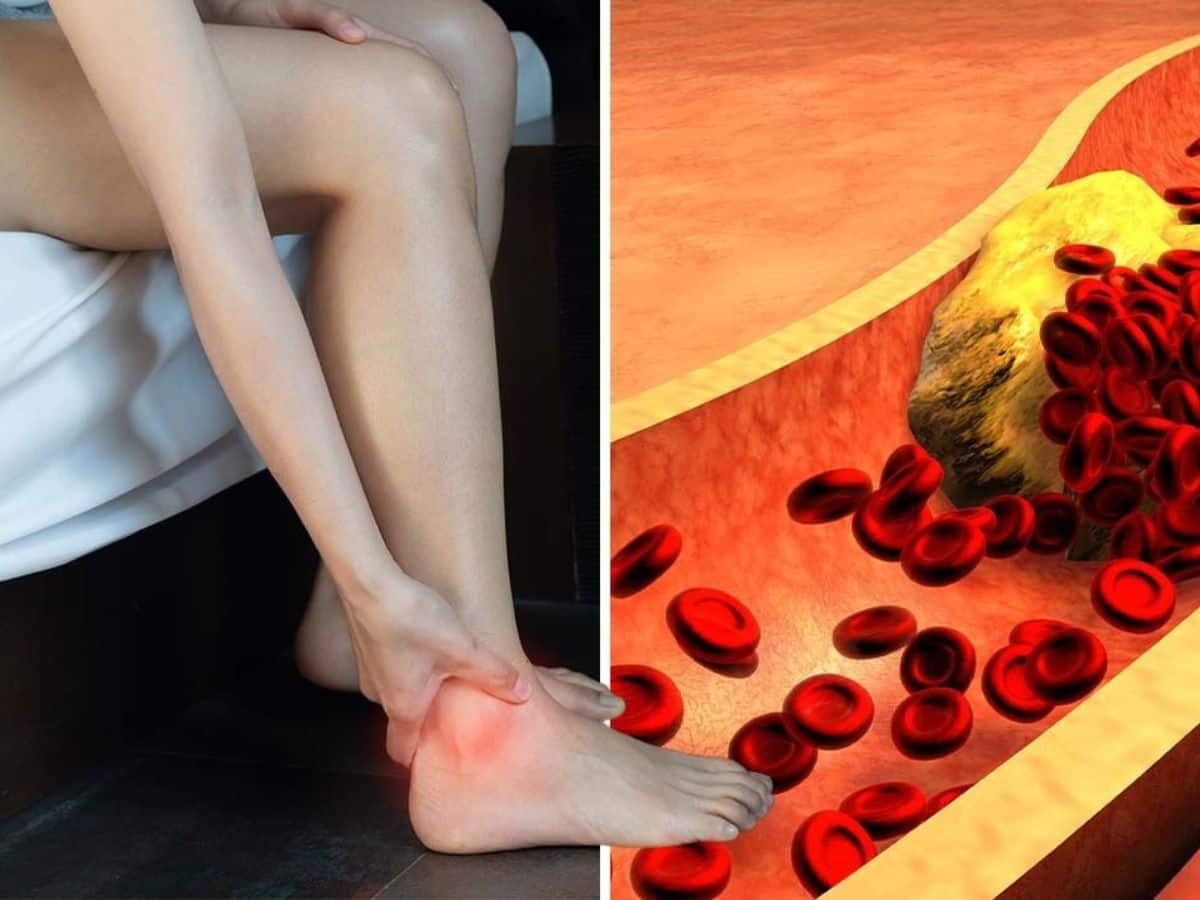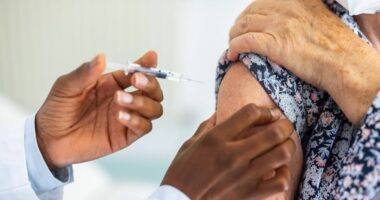Share this @internewscast.com

Are you suffering from high cholesterol? Look out for these early signs and symptoms of high LDL levels in the body that may show up in your legs and feet.
High cholesterol isn’t an exclusive concern for the elderly, but something that even people in their 30s grapple with. While it’s widely linked with heart disease, its impact on the legs and feet is seldom discussed. Today, we delve into the signs of elevated LDL cholesterol in the legs and feet that shouldn’t be dismissed by those in their 30s.
Before we get into understanding what the body may show up when cholesterol levels are high, let us first understand what this high cholesterol means. LDL cholesterol or as it’s often labeled, ‘bad’ cholesterol, is a type of fat that builds up within our blood vessels. This can block them and lead to heart disease and stroke. High bad cholesterol levels can also disrupt blood circulation to the lower part of the body, causing symptoms in the legs and feet.
Signs Of High Bad Cholesterol In Your Legs And Feet
Is your cholesterol level high? Are you at risk of suffering heart problems? Keep an eye out for these telltale signs and symptoms of high cholesterol levels that can show up in your legs and feet.
Extreme Pain In Legs
A common sign of high LDL cholesterol in the legs is discomfort. This could be in the form of aching, cramping, or sharp torment in the calves, thighs, or buttocks, particularly during physical exertion. This discomfort often stems from poor blood supply to the leg muscles, a condition called peripheral artery disease.
Not Able To Feel Your Legs And Feet
Feeling numb or weak in the legs and feet may also indicate high cholesterol. Cholesterol plaques may constrict the arteries flowing to the lower limbs, leading to reduced sensation or muscle strength. This jeopardizes movement and heightens the risk of injuries and falls.
Cold Feet Due To Excessive Cholesterol
Poor blood flow caused by elevated LDL cholesterol may see you having persistently cold feet. One might find their feet chilly to touch even in warm settings. This could be taken as a red flag for underlying vascular problems waiting to be addressed.
Sores That Don’t Heal
Those with high cholesterol could find non-healing sores on their legs or feet. Poor circulation can cripple the body’s healing powers, making it a task for wounds to close correctly. If left unattended, these sores could get infected and lead to severe complications.
Change In Skin Color
Skin color changes on your legs and feet might hint at circulation issues linked to high LDL cholesterol. Areas where blood flow is limited could appear pale, bluish, or reddish. These discolorations act as visual indicators of potential vascular problems needing medical intervention.
Unexplained Hairloss In Legs
Unusual hair loss on the legs could also be related to poor circulation. Thin or absent hair growth on the legs, called peripheral arterial disease, can be a subtle yet crucial sign of poor blood flow.
Faint or Missing Pulses
Examining pulses in your feet may disclose vascular problems tied to high cholesterol. Weak or non-existent foot pulses could signal to poor circulation, emphasizing the need for further examination and good control of cholesterol levels.
High Cholesterol In The Body? What May Happen After This?
It is important to understand that high levels of cholesterol in the blood are a result of poor lifestyle habits, including your diet and exercise routine. One should pay attention to the signs and symptoms as early detection can lead to prompt medical intervention and lower the risk of vascular disease-related complications.






